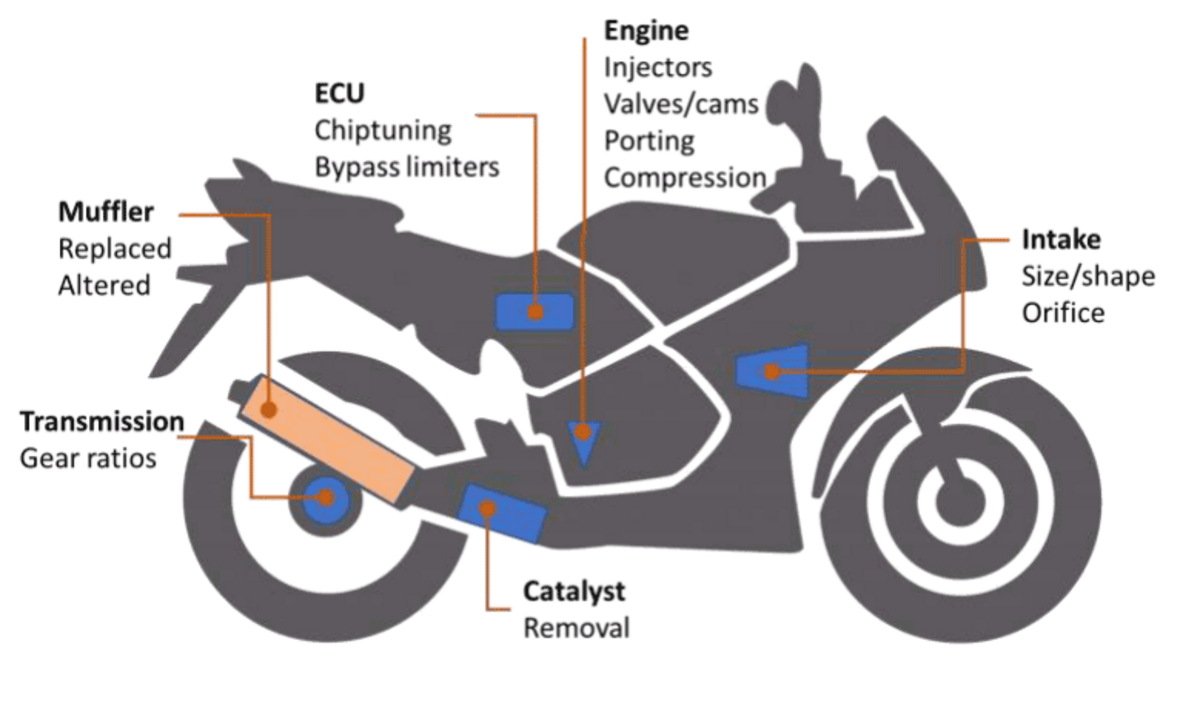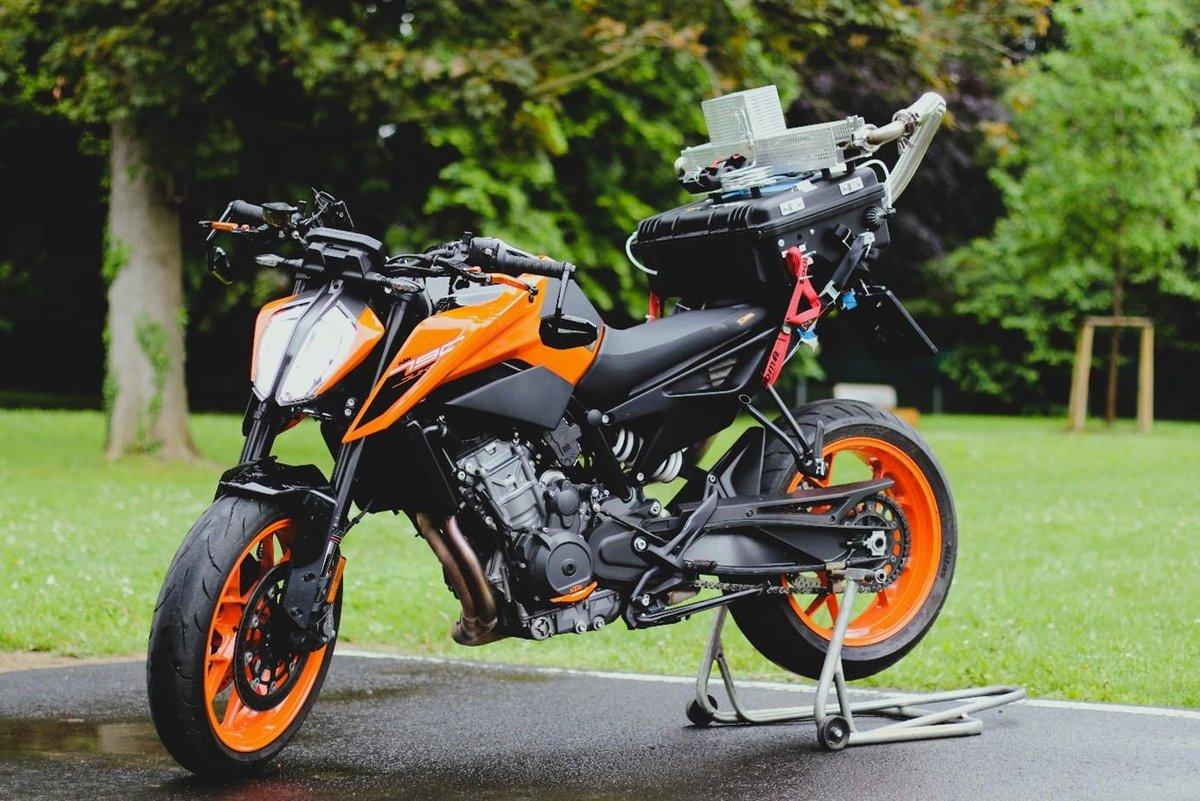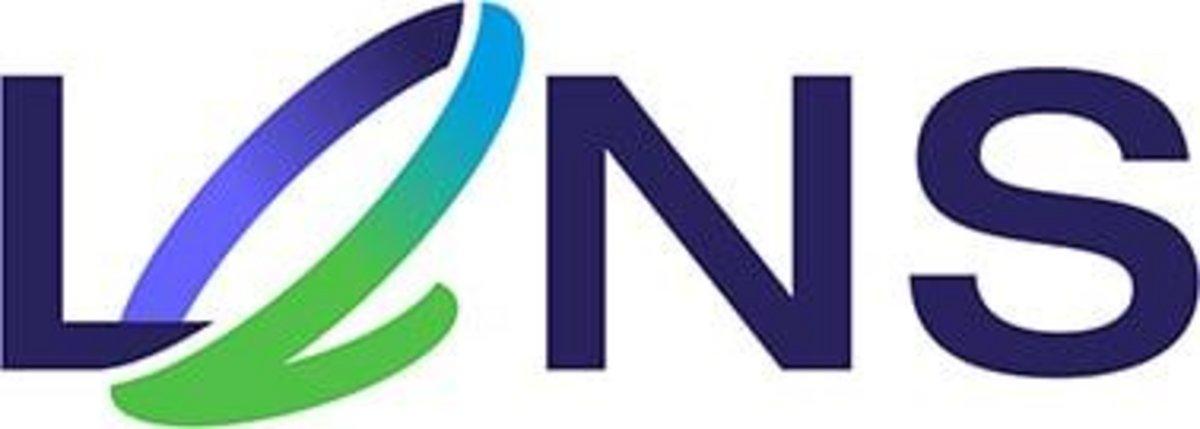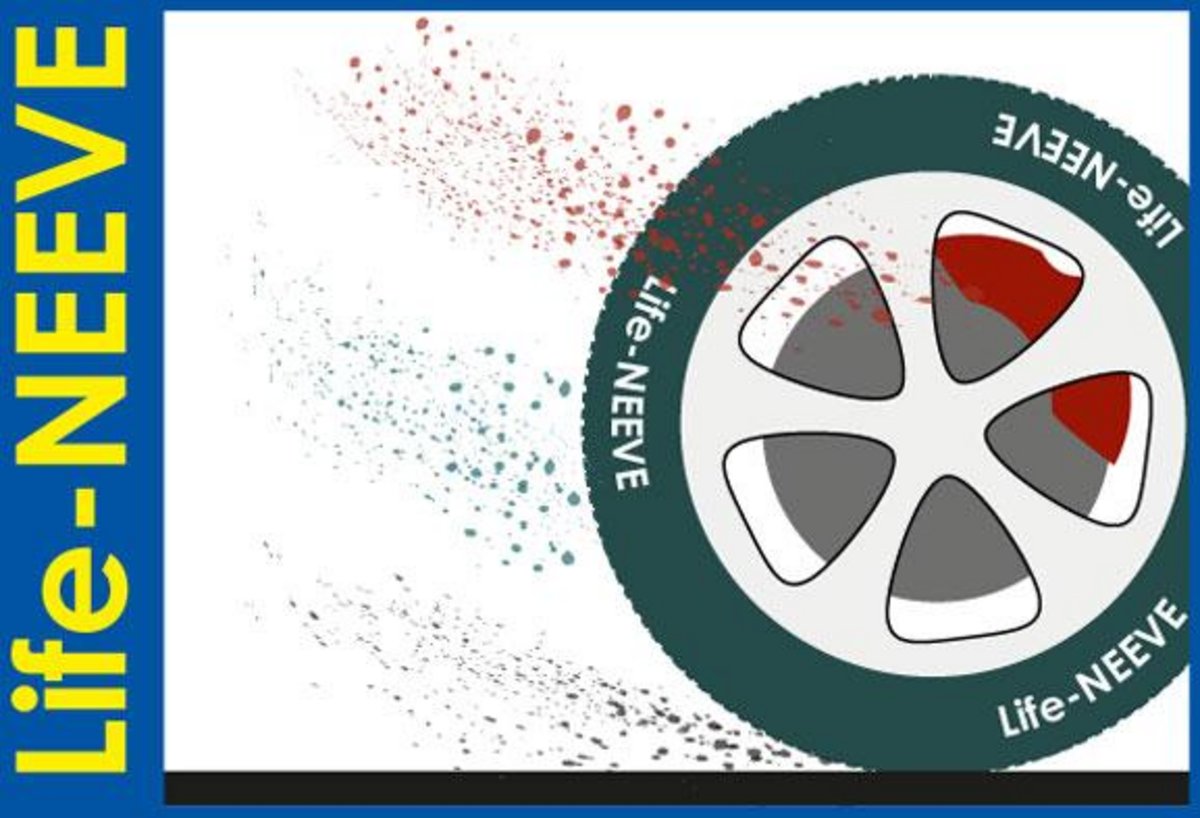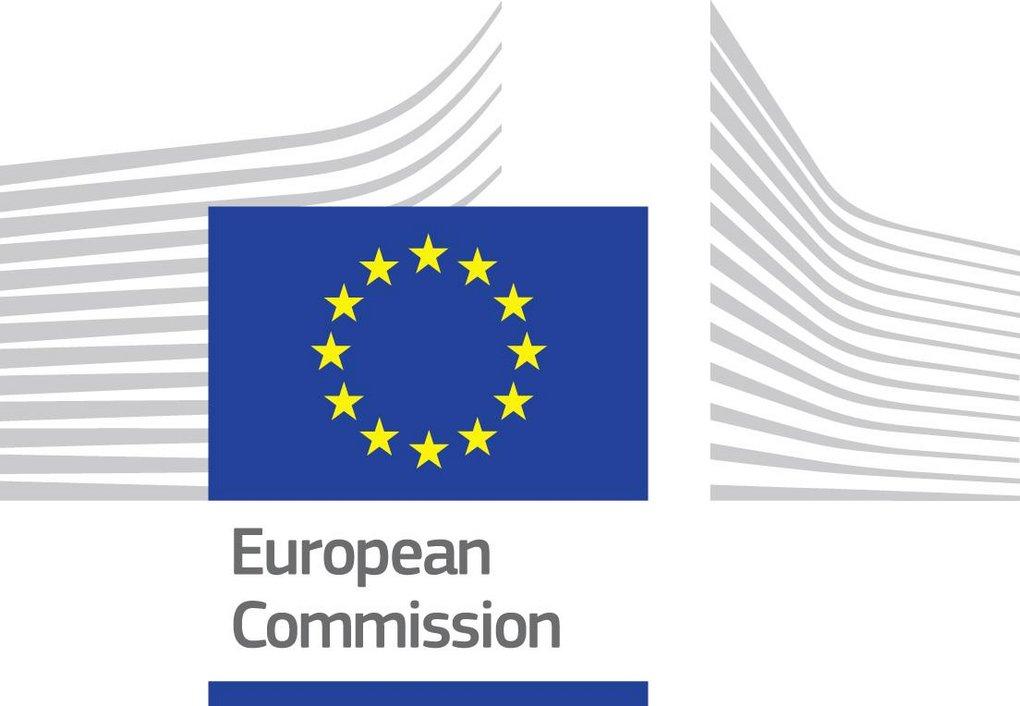3DPrintBatt
Sustainable, Flexible Additive Manufacturing Technology for Sodium-Ion Solid-State Batteries.
Project Aim
The 3DPrintBatt project aims to develop sustainable, flexible, and resource-efficient sodium solid-state batteries (Na-SSB) using innovative 3D printing technologies. These batteries eliminate the need for critical raw materials like cobalt and lithium while maintaining high safety and recyclability. The project focuses on material development, component production, advanced analytics, real-time quality control, and the development of a digital twin to optimize battery manufacturing processes.
��������ֱ��'s Contribution
��������ֱ�� plays a key role in advancing in-line analytics for industrial battery production. The main tasks include:
- Integration of spectroscopic measurement techniques to detect defects and material inhomogeneities in real-time within the dB-Matik printing line.
- Correlation of measurement data from various techniques to ensure precise material analysis and process control.
- Software and hardware development for in-line analytics to enable seamless integration into production lines.
Related ��������ֱ�� Solutions
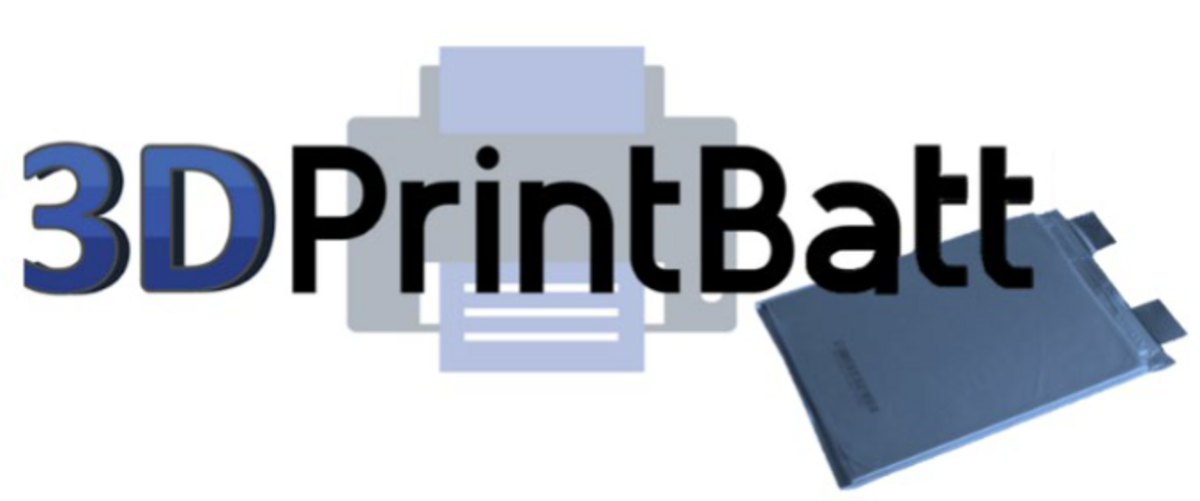
- Project Duration:
- 2025–2027
- Funding Agency:
- German Federal Ministry for Economic Affairs and Climate Action (BMWK)
- Recipient:
- ��������ֱ�� Europe GmbH
- Project Domain:
- Sodium-Ion Solid-State Batteries
- Project Partners:
- ZEISS Industrial Metrology Technology
- VARTA Microbattery GmbH
- Fraunhofer IFAM, IKTS, IST
- Institute for Particle Technology (iPAT)
- Leica Microsystems CMS GmbH
- Intego GmbH
- Institute for Nanotechnology and Microscopy (INAM)
- dB-Matik AG



